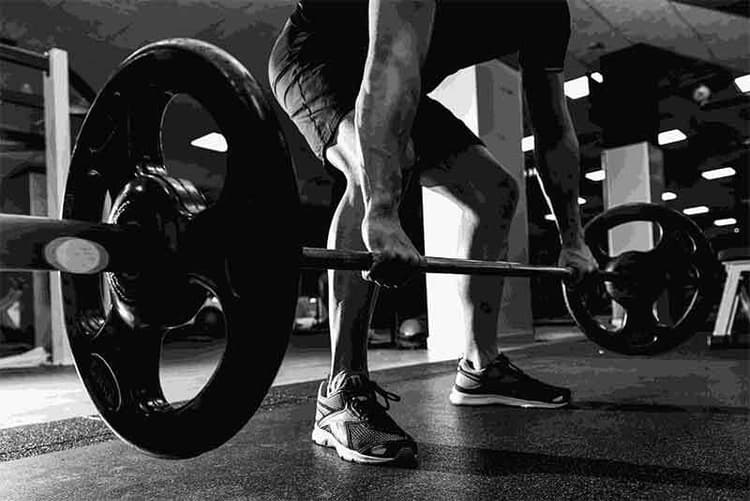Strength Training: How Much Weight Should I Be Lifting?
51 months ago
3 minute read.

Whether your wish is to get a fitter physique or develop muscle mass, strength training can surely support you in getting there.
In simple words, strength training is the utilization of your body weight or tools, such as dumbbells, to achieve fitness goals like building muscle strength and muscle endurance. To accomplish your strength training goals effectively, it is important to choose the right weight to work out with.
Poor weight lifting habits can disrupt a good workout. Lifting weights that are too heavy can cause sprains, soreness, spinal injuries, or even damage joints and muscles. Similarly, 0.5 kg bell light-weights with too many reps might not push your body hard enough to burn fat.
Important Points to Be Considered
1. Different exercises would need different kinds of weights. For eg: If you are performing a biceps exercise, lightweights will be preferred and if working on a group of muscles, heavyweights would be appropriate.
2. Feeling burnt initially doesn’t necessarily mean the weight is challenging. It will get better with practice.
3. Different sorts of weights like dumbbells, barbells, sandbags, kettle bags, or any home equipment may determine the reps and sets depending on the bulk and distribution of weight in the equipment.
4. Wear the right shoes to avoid injuries and maintain a grip while lifting weights.
5. You won’t be able to perform to the best of your abilities if you don’t get adequate sleep. Workout when you feel the most awake.
6. Doing too much training with heavy weights will make you feel exhausted and too many reps with lighter weights will also turn you down. Instead, try periodization training i.e. heavy-weight, low-rep training along with light-weight, high-rep training.
Choosing Adequate Weights and How to Go About It
Choosing the right weights is the most essential part of strength training. How many sets and reps you need to perform will depend on the fitness goal you are/you’ll be targeting:
Weight Loss and Building Muscle Mass
As a beginner, you will have to perform 8-12 reps and 1-3 sets using enough weights.
Experienced/ intermediate individuals may perform 4-5 sets
Don’t push yourself too hard. Take breaks of 30 to 60 seconds and relax in between sets. Also, take a gap of 1 day between every exercise (Similar Muscle group) session.
For Gaining Muscle
To gain muscle, intermediate trainers should use enough weight to complete 4-8 reps and 3+ sets.
Beginners should start by resistance training and allow themselves to adjust for a few weeks before jumping to such a difficult level of weight training. New participants would need the support of a trained spotter for plenty of exercises.
Relax for a few minutes (1-2 minutes would suffice) in between sets and keep a gap of 2 days in between these high-intensity workouts. (Similar Muscle group)
For Muscle Endurance and Boosting Health
For accomplishing the endurance goal, you will need to lift heavy weights, as much as you can handle to complete 12-16 reps and 1-3 sets.
Take a pause of 20-30 seconds in between sets and 1-day gap between workout sessions.
If you are a beginner, take things slow. Focus on securing the correct form.
Perform stretching exercises after a workout. Doing so will help to increase endurance.
Please note: If you use a resistance band, and perform say 8 reps, you'll eventually have to pick another exercise that would deliver a higher amount of resistance.
Concluding It
Try to lift different weights and evaluate the extent of weight you can lift. “Heavy” or “Light” for you and your friend will differ based on many factors, so it will be best not to compare yourself to others. Move to the next level only when you feel like challenging yourself with heavier weights. Begin with a small size and single set. Gradually, keep adding weight until you feel loaded. The last rep always gets difficult, but it is always worth the hard work.
Once you know how much weight you should be lifting you will get better at predicting what you can do without putting your body in a state of discomfort and thus minimizing the risks of injures.
Leave a Comment
Related Articles
Health Checks @ Home
Service
Explore
© 2025 Truworth Health Technologies Pvt. Ltd.




